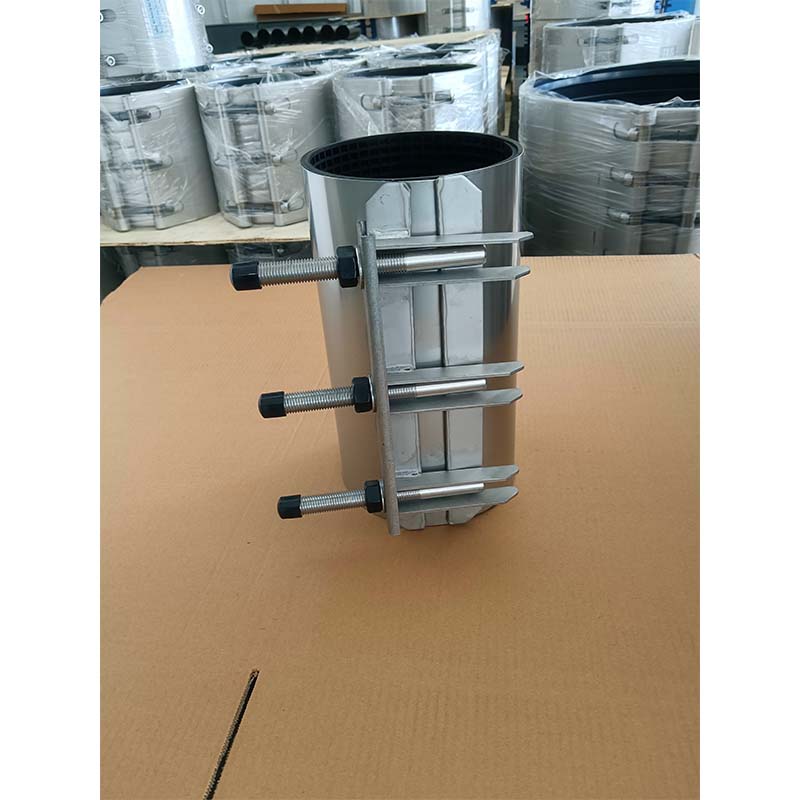Exploring the Impact of Pedestrian Bollards on Urban Safety and Walkability for Communities
The Importance of Pedestrian Bollards in Urban Design
In recent years, many cities around the world have recognized the vital role that pedestrian bollards play in enhancing urban safety, aesthetics, and functionality. These robust pillars serve not only as protective barriers but also as integral components of pedestrian-friendly urban design. As cities become denser and more populated, the need for effective traffic management and pedestrian safety has become paramount.
Pedestrian bollards are typically short, sturdy posts that are installed along walkways, roads, and public spaces to prevent vehicles from encroaching on pedestrian areas. Their primary purpose is to protect pedestrians from potential accidents caused by vehicular traffic. With the rise of urbanization and increased vehicle usage, incidents of pedestrian injuries and fatalities have surged, prompting city planners and safety advocates to seek innovative solutions. The implementation of bollards is a proactive measure aimed at creating safer environments, especially in high-traffic areas such as shopping districts, parks, and event venues.
Moreover, pedestrian bollards contribute significantly to the aesthetic appeal of urban landscapes. Available in various designs, materials, and colors, they can serve as decorative elements that enhance the visual experience of a space. When strategically placed, bollards can complement existing architecture and landscape design, helping to create a cohesive urban environment. Cities increasingly recognize the importance of aesthetics in urban planning, and well-designed bollards can enhance public spaces while still serving their functional purposes.
An additional benefit of pedestrian bollards is their ability to manage pedestrian flow. In crowded areas, such as outdoor festivals and markets, bollards can be used to create designated pathways, guiding the movement of foot traffic. This creates a more organized environment, reducing congestion and enhancing the overall experience for pedestrians. Furthermore, removable or retractable bollards can be used to adapt to various events and situations, offering flexibility in how public spaces are utilized.
pedestrian bollards

In terms of construction and materials, modern pedestrian bollards can be made from a wide variety of durable substances, including steel, concrete, plastic, and wood. Some bollards are designed to withstand significant force, providing high levels of impact resistance without compromising safety. In contrast, others focus on aesthetic appeal, with features like decorative patterns and finishes that blend seamlessly into the urban landscape. Illuminated bollards are also gaining popularity, adding an extra layer of visibility during nighttime hours, thus enhancing pedestrian safety.
The use of pedestrian bollards extends beyond mere protection and design; they also serve as a crime prevention tool. By limiting vehicle access to specific areas, bollards can reduce opportunities for vehicular-based crimes, such as theft and vandalism. This added layer of security is essential in fostering a sense of safety among residents and visitors alike.
Nonetheless, the implementation of pedestrian bollards is not without challenges. City planners must carefully consider factors such as placement, spacing, and height to ensure effectiveness without creating barriers that disrupt accessibility for those with disabilities or mobility issues. Engaging the community in the design and placement process can also lead to more successful outcomes, as local residents often have valuable insights about their neighborhoods.
In conclusion, pedestrian bollards are a critical element of modern urban design that balances safety, aesthetics, and functionality. As cities continue to evolve, the demand for innovative solutions to enhance pedestrian environments will only grow. By investing in well-designed and strategically placed bollards, cities can create safer, more inviting public spaces that encourage walking and improve the quality of urban life.
-
The Smarter Choice for Pedestrian AreasNewsJun.30,2025
-
The Gold Standard in Round Drain CoversNewsJun.30,2025
-
The Gold Standard in Manhole Cover SystemsNewsJun.30,2025
-
Superior Drainage Solutions with Premium Gully GratesNewsJun.30,2025
-
Superior Drainage Solutions for Global InfrastructureNewsJun.30,2025
-
Square Manhole Solutions for Modern InfrastructureNewsJun.30,2025
-
Premium Manhole Covers for Modern InfrastructureNewsJun.30,2025
